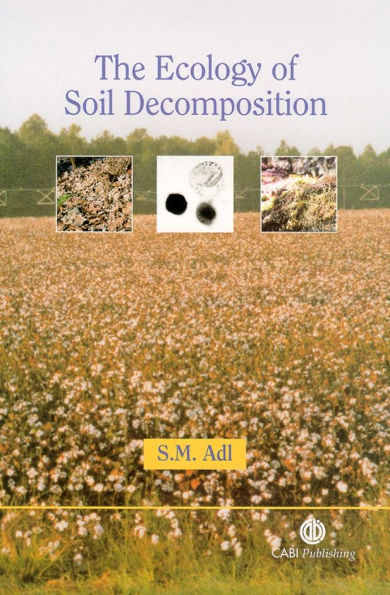The Ecology of Soil Decomposition
Decomposition is an ecological process that recycles dead tissues, mainly from primary production, into nutrients in the soil. The Ecology of Soil Decomposition describes trophic interactions between species that carry out the decomposition of organic matter in the soil. Key topics addressed feature functional groups, spatial stratification and succession patterns over time, involving bacteria, protists, fungi and micro-invertebrates. Emphasis is placed on the role of species diversity in functional groups.
1147736520
The Ecology of Soil Decomposition
Decomposition is an ecological process that recycles dead tissues, mainly from primary production, into nutrients in the soil. The Ecology of Soil Decomposition describes trophic interactions between species that carry out the decomposition of organic matter in the soil. Key topics addressed feature functional groups, spatial stratification and succession patterns over time, involving bacteria, protists, fungi and micro-invertebrates. Emphasis is placed on the role of species diversity in functional groups.
266.6
Out Of Stock
5
1

The Ecology of Soil Decomposition
368
The Ecology of Soil Decomposition
368Hardcover(New Edition)
$266.60
Related collections and offers
266.6
Out Of Stock

Product Details
| ISBN-13: | 9780851996615 |
|---|---|
| Publisher: | CABI |
| Publication date: | 09/11/2003 |
| Series: | Cabi Series |
| Edition description: | New Edition |
| Pages: | 368 |
| Product dimensions: | 6.75(w) x 9.25(h) x 1.00(d) |
About the Author
From the B&N Reads Blog
